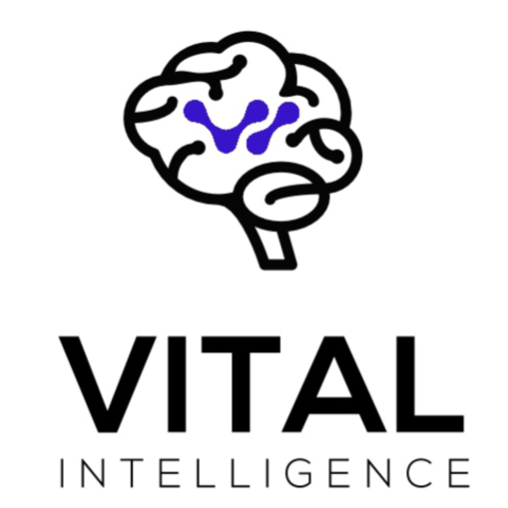
The human brain, with its billions of neurons and intricate networks, remains one of the most fascinating subjects of scientific exploration. At the heart of this complex organ lies the basal ganglia, a set of nuclei deeply embedded within the brain, playing a pivotal role in decision-making and motor control. But what happens when we delve deeper into its functions, and how can this knowledge empower today’s decision-makers? Let’s embark on this enlightening journey.
The Basal Ganglia: The Brain’s Command Center
Picture yourself at a bustling intersection in a major city. Cars, pedestrians, and cyclists all navigate the chaos, making split-second decisions to ensure they reach their destinations safely. This scene mirrors the function of the basal ganglia in our brains. It helps us navigate the myriad choices we face daily, from deciding what to eat for breakfast to making critical business decisions.
Central to the basal ganglia’s function is the striatum, its primary input structure. Here, crucial timing information is extracted from neural populations, aiding in decision-making. However, a debate has persisted among neuroscientists: does the striatum’s activity reflect the underlying processes of decision-making or the physical actions resulting from those decisions?
The Temperature Connection: A Revealing Experiment
To unravel this mystery, researchers embarked on an experiment with rats. They explored the effects of temperature on the striatal population activity and the subsequent behavior of these animals. The findings were illuminating:
- Cooling Effects: Cooling the striatum led to an expansion in both neural activity and patterns of judgment over time.
- Warming Effects: Warming, on the other hand, caused a contraction in these processes.
These temperature-induced changes intriguingly mirrored the natural variability observed in striatal activity related to decision-making. Yet, temperature didn’t influence the detailed motion or kinematics of the body in the same way.
Decoding the Findings: Implications for Decision Makers
These insights offer a fresh perspective on the brain’s decision-making processes. But how can this knowledge be harnessed by leaders and decision-makers?
- Understanding External Influences: The study underscores the impact of external factors, like temperature, on decision-making. Leaders can extrapolate this to recognize that conditions such as stress, environment, or physical well-being can sway decision-making processes. Creating optimal conditions becomes paramount.
- Valuing Variability: Decision-making isn’t a one-size-fits-all process. Embracing variability can lead to diverse, innovative outcomes, fostering a culture of patience and understanding.
- Separating Thought from Action: Rapid decisions don’t equate to hasty actions. Leaders can benefit from taking a moment to reflect before acting, ensuring decisions are executed effectively.
- Training for Better Decisions: With this deeper understanding, training programs can be tailored to enhance decision-making skills, preparing leaders for varied scenarios.
- Harnessing Technology: As AI and machine learning evolve, insights from the basal ganglia can inform the development of sophisticated decision-support tools.
- Prioritizing Mental Health: Recognizing the brain’s intricacies can guide leaders towards better mental health practices, optimizing their decision-making capabilities.
In Conclusion
The basal ganglia, while just a small part of our vast brain, holds profound insights into the art and science of decision-making. As we continue to unravel its mysteries, decision-makers can harness this knowledge, refining their approaches and leading with greater clarity and confidence. The dance of decision-making, influenced by myriad factors, continues to shape our world, and understanding its nuances is the key to mastering it.
